Amita Chudgar, Universidad Estatal de Michigan
«Cuando las escuelas vuelvan a abrir, voy a abrazar a la maestra de mi hijo y agradecerle … «, me dijo un amigo por teléfono solo tres días después de un bloqueo impuesto por Covid-19. Ahora, varias semanas después de la crisis de Covid-19, no es exagerado que nuestro mundo haya cambiado de manera fundamental, incluida quizás la forma en que vemos el trabajo de los maestros. ¿Los maestros son fácilmente reemplazados por la tecnología? ¿Alguien puede ser maestro? Me imagino que al menos unos pocos de nosotros pueden haber cambiado sus perspectivas sobre estos debates.
Los debates y las discusiones sobre los docentes y la enseñanza reúnen consideraciones de economía y educación como pocos otros temas educativos. Los maestros son fundamentales para la provisión de educación, son los trabajadores de primera línea, a quienes se les confía directamente la responsabilidad de crecer y nutrir las mentes jóvenes. La compensación docente, por otro lado, es central para los presupuestos educativos; En la mayoría de los sistemas educativos, la nómina de docentes es el gasto anual más grande.
El enfoque en los actores no estatales en el próximo Informe de Monitoreo de la Educación Global 2021 nos invita a participar en los debates sobre los docentes y la enseñanza a la luz de la creciente oferta de educación basada en el mercado. Utilizando el caso indio, muestro cómo los actores no estatales están moldeando la vida profesional de los docentes de tres maneras.
Los actores no estatales brindan capacitación docente
El sector privado desempeña un papel destacado en la formación del profesorado en varios países de ingresos bajos y medios. Al trabajar junto al gobierno, los institutos privados pueden contribuir a aliviar la escasez de maestros capacitados. Si bien el impacto más amplio de la formación de docentes no estatales en la profesión está poco estudiado, puede estar muy por debajo de las expectativas, como lo demuestran experiencias como la que emerge de la India.
El sector de formación docente ha sido difícil de regular en la India. Después de los esfuerzos recientes para revisar el proceso de acreditación de los institutos de capacitación docente, el Consejo Nacional para la Educación Docente(NCTE) ahora indica que hay 17.244 institutos de formación docente ‘reconocidos’ en toda la India, que ofrecen 17 tipos diferentes de cursos aprobados. Unos pocos clics en el sitio web de NCTE producen una lista estatal de institutos ‘reconocidos’, que puede ser un recurso valioso para un aspirante a maestro para confirmar que se está inscribiendo y pagando grandes sumas de honorarios a un programa de capacitación legítimo. Sin embargo, con una letanía de nombres genéricos como ‘Instituto de Educación y Gestión’ y ‘C – Impact Institute’ e institutos con nombres y direcciones similares, con una variación menor en la ortografía (por ejemplo, ‘Springdale Institute’ y ‘Springdala Institute’) , navegar por estas listas puede ser abrumador.
Mientras trabajaba un poco tratando de comprender mejor cómo identificar efectivamente los institutos ‘reconocidos’, me topé con una pequeña industria artesanal de ‘expertos’ en YouTube . Ofrecen asesoramiento en hindi y lenguas indias regionales a futuros maestros sobre cómo seleccionar un instituto de formación docente, evitando al mismo tiempo ser víctimas de institutos y títulos fraudulentos y costosos.
Unos años después de la revisión de NCTE, estos comentarios de YouTube no son la única indicación, sin embargo, de que no todo está bien con el sector privado de capacitación docente en India. El Capítulo 5 del borrador de la Nueva Política Educativa de 2019 , el Capítulo 5 señala que ‘… la educación del profesorado es muy deficiente y, de hecho, está en crisis en el momento actual. Hay aproximadamente 17,000 instituciones de educación docente en el país, de las cuales más del 92% son de propiedad privada. Diversos estudios en profundidad … han demostrado que una gran proporción de estos colegios de enseñanza ni siquiera intentan proporcionar una buena educación; en cambio, muchos funcionan como tiendas comerciales donde ni siquiera se cumplen los requisitos mínimos curriculares o de cursos, y donde los títulos están esencialmente disponibles por precio«. El documento de política continúa afirmando que una gran mayoría de estas universidades son «independientes» y, por lo tanto, «… generalmente no tienen la capacidad de proporcionar educación docente que incluya … una sólida formación pedagógica y práctica».
Los actores no estatales son empleadores importantes de maestros
A medida que la provisión de educación no estatal a nivel de educación primaria y secundaria ha crecido rápidamente, los actores privados se han convertido en importantes empleadores docentes, configurando la compensación docente y las condiciones de trabajo. Solo en la India, entre 3 y 4 millones de docentes trabajan en el sector privado. El consenso general es que los maestros del gobierno reciben salarios más altos que los maestros de las escuelas privadas. Pero más allá de las comparaciones salariales, tenemos una comprensión limitada de las condiciones de trabajo de los docentes en el sector no estatal.
Según la investigación en la que estoy trabajando actualmente con Jutaro Sakamoto en la Universidad Estatal de Michigan, observamos que en la India, los maestros de escuelas privadas no solo tienen menos probabilidades de ganar menos, sino también tener menos contratos laborales formales o recibir beneficios como vacaciones pagadas y pensiones . Las implicaciones de estas condiciones de trabajo relativamente precarias y menos deseables de los docentes del sector privado no están bien estudiadas. Si bien no es del todo aplicable, la investigación sobre maestros contratados por el gobierno (maestros contratados en condiciones algo similares a los maestros de escuelas privadas con salarios más bajos y menos garantías contractuales o beneficios) ofrece alguna indicación de que un mercado laboral de maestros tan bifurcado puede tener consecuencias negativas para la moral de los maestros y desgaste.
A través de las «soluciones» de Ed-Tech, los actores no estatales están dando forma al trabajo diario de los maestros
La crisis de Covid-19 ha puesto de manifiesto varias inequidades inherentes en la búsqueda de soluciones educativas basadas en tecnología. A pesar de estas preocupaciones, a través de innovaciones tecnológicas educativas disruptivas y mágicas que prometen acelerar el progreso educativo, los actores no estatales han estado ocupados defendiendo soluciones educativas basadas en tecnología a escala. Estas intervenciones sustituyen, aumentan, modifican y redefinen los procesos educativos y, por extensión, el trabajo diario de los docentes. Según una extensa revisión reciente de casi 3.000 innovaciones, Las ONG y el sector privado se encuentran entre los principales proveedores de innovaciones de EdTech, y el sector privado y las fundaciones se encuentran entre los principales financiadores de estas innovaciones.
De hecho, la tecnología educativa tiene el potencial de mejorar el aprendizaje, pero también es una oportunidad de mercado lucrativa. Un reciente informe de la industria del sector educativo afiliado al Departamento de Comercio de la India señala: «El país se ha convertido en el segundo mercado más grande para el aprendizaje electrónico después de los Estados Unidos. Se espera que el sector alcance los US $ 1,96 mil millones para 2021 con alrededor de 9,5 millones de usuarios ». La Dra. Francine Menashy en su reciente blog llamó la atención sobre las preocupaciones generales derivadas de la participación empresarial en la educación durante la crisis.. Varias de estas observaciones son relevantes más allá de la crisis también. Es importante destacar que, en el contexto de los docentes, estas consideraciones llaman nuestra atención sobre las formas en que debemos comprender mejor el potencial de las intervenciones de tecnología educativa, muchas apoyadas y promovidas por actores no estatales, para redefinir el trabajo diario de la enseñanza.
En resumen
Volviendo a las preguntas con las que comenzamos, la crisis de Covid-19 ha reenfocado nuestra atención en los trabajadores de primera línea, incluidos los maestros, cuyas habilidades y trabajo ya no podemos dar por sentado. Reenfocar nuestra atención en los docentes requiere que prestemos más atención a las formas en que los actores no estatales, con una variedad de motivos y habilidades, están influyendo en la preparación de los docentes, las condiciones de trabajo y el trabajo diario de los docentes. La presencia no estatal innovadora, concienzuda y sensible al contexto en estos espacios puede complementar los esfuerzos del gobierno. Pero es poco probable que este resultado se logre sin que el gobierno cumpla su función de proveedor y regulador.en el sector educativo. Nuestro estado actual de conocimiento también limita nuestra comprensión del impacto total de los actores no estatales en la vida de los docentes y sus posibles sinergias o conflictos con el sistema público. El enfoque del Informe 2021 GEM en los actores no estatales es un paso positivo que proporcionará a la comunidad mundial una oportunidad renovada para explorar estas preguntas poco estudiadas.
Fuente: https://gemreportunesco.wordpress.com/2020/06/04/non-state-actors-are-influencing-the-teaching-profession-what-are-the-implications/

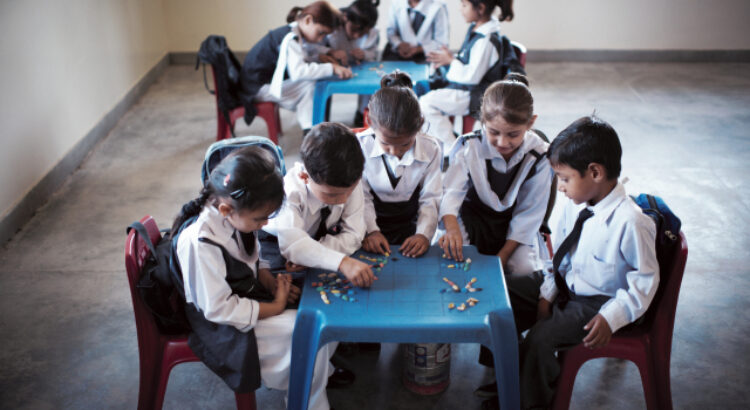


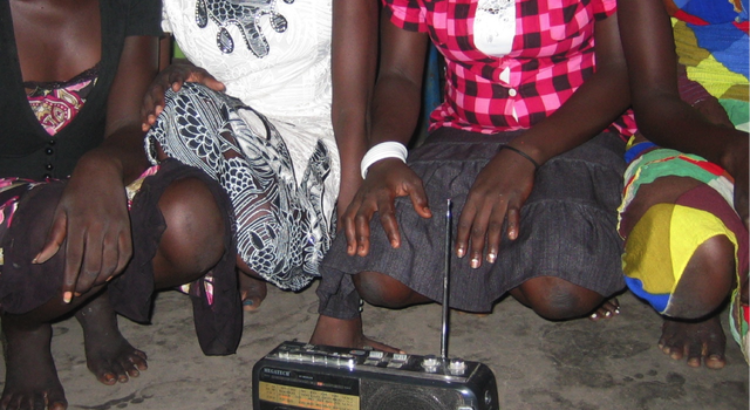
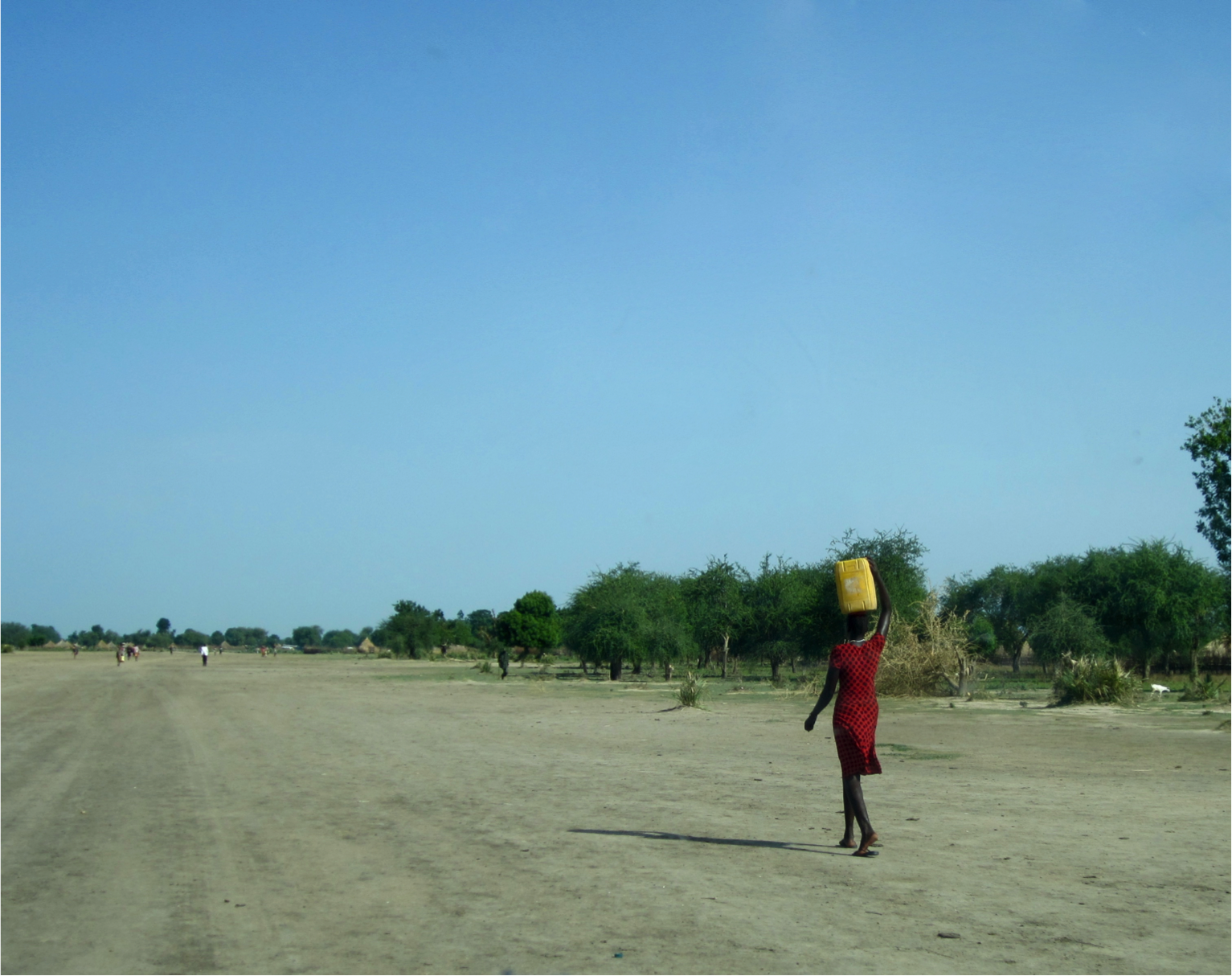


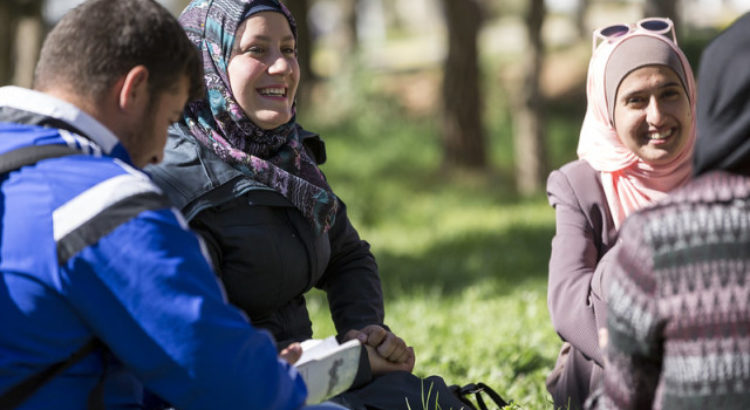

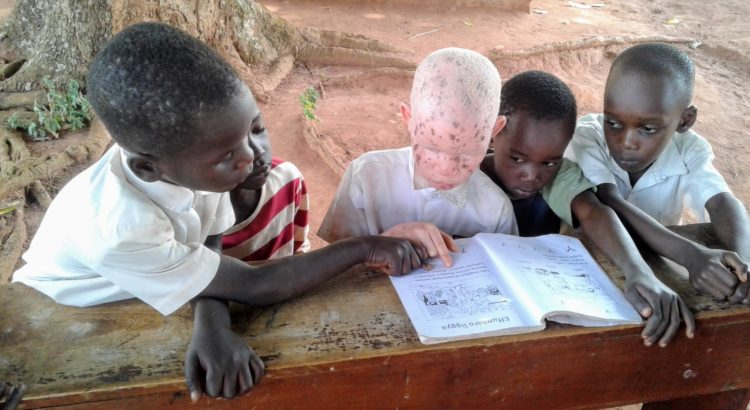







 Users Today : 33
Users Today : 33 Total Users : 35460296
Total Users : 35460296 Views Today : 44
Views Today : 44 Total views : 3419012
Total views : 3419012